Two mayors who grew up in the communities they lead, Ken Tedford of Fallon and Neil
McIntyre of Fernley, sat down with local Realtors recently to compare notes on growth, housing,
and what’s next for the region.
Speaking at a Realtors Association luncheon in Fallon, the pair outlined how their cities are built
to make decisions and how that affects everything from housing approvals to road projects.
Mayor Ken Tedford reminded the crowd that Fallon is one of Nevada’s six general-law cities and
operates under a strong-mayor form of government that dates back to 1908.
“The mayor is the chief executive officer,” Tedford said. “I don’t legislate and I don’t vote, our
council does that, but day-to-day operations begin and end with me.”
Fallon’s footprint is compact, about four square miles with roughly 9,300 residents in the city
and 26,000 countywide. The city also runs an unusual suite of municipal services: electric, water,
sewer, solid waste and landfill, plus the municipal airport. Tedford said that “one hallway”
services helps residents and developers get answers quickly. He’s created a standing
development group made up of the city attorneys, engineering, public works, and the mayor’s
office to meet with applicants and resolve issues early.
Fernley, by contrast, spans 168 square miles and uses a non-voting mayor system with a five-
member council. “I only vote to break a tie, which is rare,” Mayor Neil McIntyre said. Fernley’s
growth, he added, makes coordination essential: “There’s so much happening at once. We’re
working to keep it organized, efficient, and attractive—and still keep our small-town feel.”
Both mayors said demand outpaces supply.
Tedford said the city is actively meeting with developers and is especially focused on housing
near Naval Air Station (NAS) Fallon, where the Navy has pushed for more single-family and
multifamily options. Some annexed subdivisions are entitled but stalled, he said, largely due to
interest rates and project financing.
Fernley has a large pipeline already entitled. “Right now, we have about 3,500 lots permitted and
approved by council that haven’t been built,” McIntyre said. Within city engineering, another
1,400 single-family units and 592 multifamily units sit ready to go as market conditions improve,
he added. National builders have shown interest, but timelines have shifted with rates.
Both mayors pointed out to attendees the Nevada Rural Housing programs that can help first-
time buyers with down-payment assistance and interest-rate options, noting that some lenders
and buyers overlook the program because of the extra paperwork.
In Fallon, the city’s southeast business park is filling after years of groundwork. Recent additions
include an Amazon distribution facility and Bay Tech. The Dairy Farmers of America plant
continues to anchor the park. Tedford credited a long-running, city-county development
partnership, now the Churchill Fallon Economic Development association, led by Executive
Director Jim Barbee, with recruiting employers and pursuing new hotel projects to support
events at the Rafter 3C Arena.
Fernley’s pitch centers on logistics and industry access: Interstate 80, U.S. 50, U.S. 95, and a
mainline rail connection. McIntyre said interest from datacenter and lithium “loop” firms has
grown alongside regional mining activity. The goal, he said, is to land employers that “hire
locally and make it hard to leave,” allowing more Fernley residents, an estimated 65 to 70% of
whom commute to work.
Traffic and connectivity drew plenty of questions. McIntyre said Fernley is advancing a bypass
to connect I-80 to U.S. 50 near Victory Logistics, a project awarded a major federal grant several
years ago but now facing higher construction costs. The city is also pursuing improvements on
Main Street including benches, landscaping, art installations and updated development codes
requiring sidewalks and paths in new projects.
The Fernley roundabout remains a sore spot at peak hours. McIntyre said long-term fixes could
include the bypass diverting trucks and, someday, an elevated “flyover” if funding appears.
In Fallon, Tedford said the city has spent years adding and repairing sidewalks and trails from
the Lower Mills Park loop to paths through the business park to improve everyday walkability.
The city continues to coordinate with the Nevada Department of Transportation (NDOT) on
state-route segments through town.
Both mayors said federal funding that flows through agencies can be slow to arrive, complicating
local budgets as costs escalate. Tedford noted congressionally directed dollars (“earmarks”)
awarded as far back as 2021 that have yet to be released by federal agencies. McIntyre shared a
similar experience: a $25 million federal award for the Fernley bypass now falls short as the
estimate has climbed.
Both cities continue to work with regional partners; Fernley coordinates with the Western
Nevada Development District (WNDD) on water and sewer funding and economic planning and
Fallon engages through local economic-development groups and with Churchill County on
shared priorities.
Asked how they hope their cities will be remembered a decade from now, both leaders
emphasized measured growth and quality of life.
“I want Fallon to be known for consistent, well-planned growth, always 20 to 30 years ahead on
utilities without burdening residents,” Tedford said.
McIntyre’s vision for Fernley: “Organized, efficient, sustainable. Keep the small-town feel, add
recreation and entertainment, and make Fernley a place where people live, work and play.”


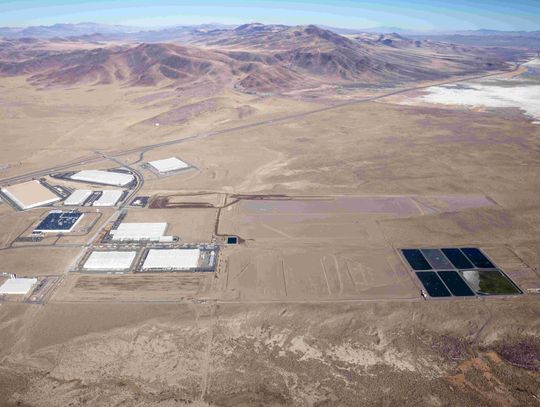
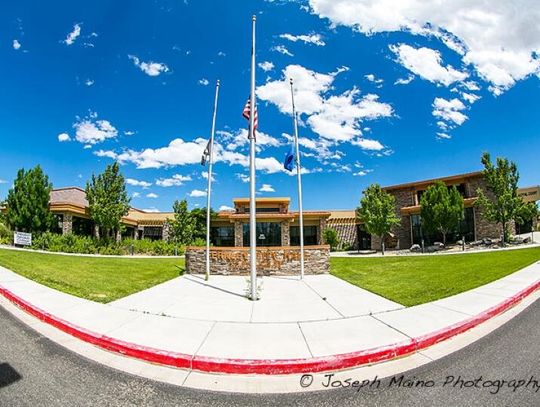
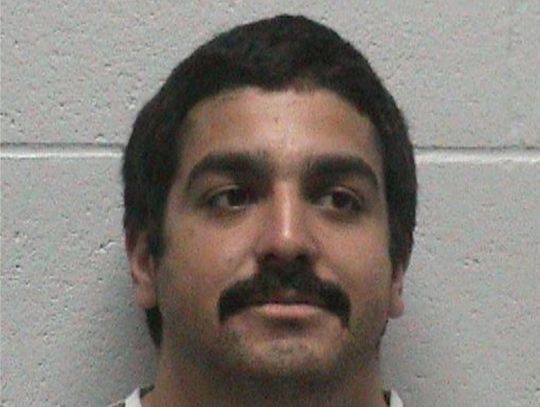
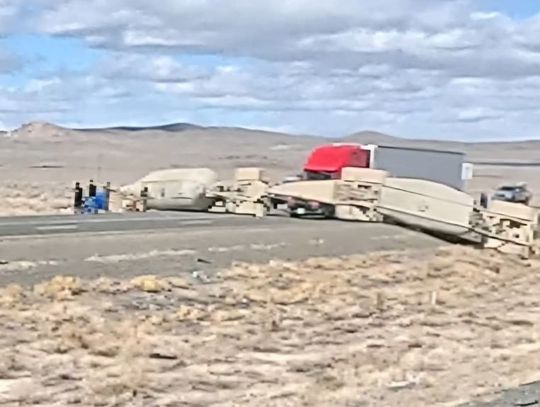


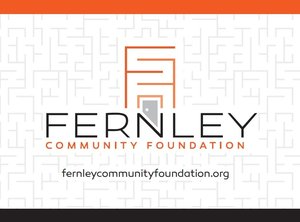
Comment
Comments